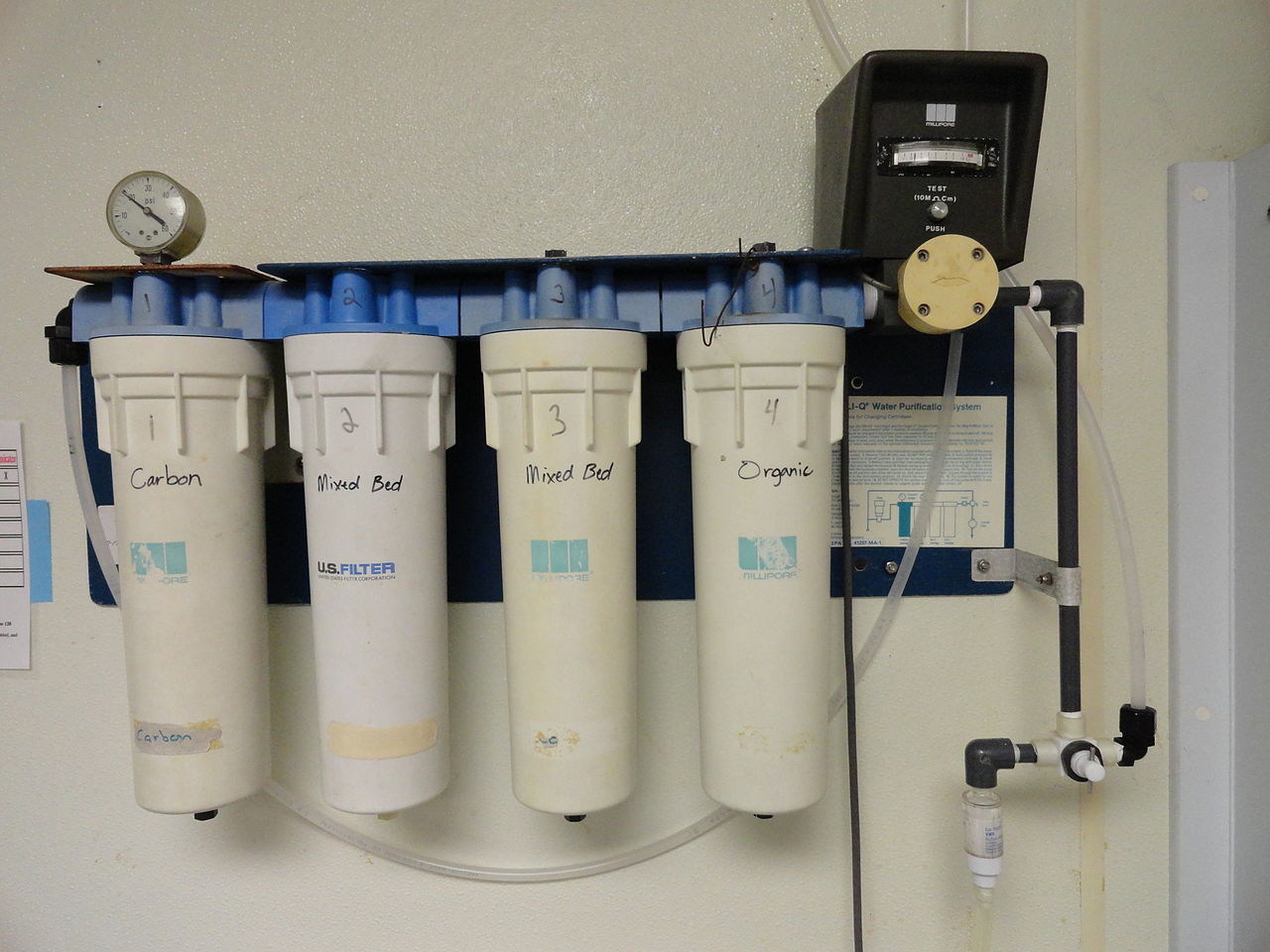Except for some rural areas, the population in each and every U.S. city benefits from tap water filtration.
But some people have higher standards. Maybe you are someone who wants his or her water is as pure as possible. In this case, you should consider the use of a whole-house water filtration system.

The difference between these systems and their smaller-scale cousins is the way in which they are installed and work: Whole-house water filters are installed at the main water line so that all the water coming into your home is purified before distribution.
Let’s discuss a few points that you need to remember when looking for and/or designing that ideal home water filtration system.
The first thing to figure out is this: What sort of contaminants need to be removed? Tap water can contain a wide range of heavy metals, chemicals, and other contaminants, and it is very difficult to try and filter them all.
Thus, you need to look for a product that is focused on your particular set of problems.
You can start by acquiring some water test kits. They tend to be pretty inexpensive, and you can find kits to test for virtually all common water contaminants.
Then, you can do an analysis of your water by conducting various tests and recording the results. For instance, if you find high levels of iron, you should definitely go with an iron filter.
It might be necessary to use more than one type of filter if your water is truly bad. Truth is, there is no such thing as a single filter that removes everything – especially on a point-of-entry level. However, two-tiered options should be avoided if possible because maintenance costs will be higher.
One thing to keep in mind is the fact that most chemical contaminants and solid particles can be easily removed using carbon filtration and physical size exclusion.
Heavy metals are usually the ones that present special difficulties requiring more sophisticated filters and filter materials.
A whole house water filter will always result in a slight reduction of the outgoing water flow and pressure. Anyone who has ever waited on a liquid to filter through a sheet of paper can attest: It might take a while.
The best whole house systems, however, use specific methods like suction to accelerate the water filtering process. When done right, a system of this kind can produce filtered water with very little loss of pressure.
Speaking of, water flow is measured in gallons per minute (GPM). For whole-house applications, it is recommended to go with 10 GPM at minimum.
Large families and households are better off with 15 GPM or more. More than 15 to 20 GPM is usually not needed.
Read Also:
Every filtration system, regardless of its type, requires fresh filter material from time to time. Filter material either means can-shaped filter “cartridges” that are easy to install and replace. Or it means granular filter media.
The latter is usually what whole house water filter systems use. Most media beds last several years. One example is Greensand filter media which can be used for iron removal. Expected service life: More than 20 years.
It is hard to estimate how often you will need to change water filter cartridges, but most experts seem to agree that 2-6 months is acceptable.
In practice, however, it will depend on just how filthy your water is. Mild cases of water contamination may get the full six-month service life from each filter, while the more extreme cases can call themselves lucky when they get two.
All of this is relevant in regards to the cost of running a home water filter over time. If you are one of those people who require more frequent filter changes, you better choose a model that offers cheap replacement cartridges. Otherwise, your filter could become a money pit.
Obviously, you need to choose a whole house filter system that fits your home. Anyone who is prepared to go this far probably has enough space to accommodate the tanks, water lines, etc., that are needed.
However, you do need to consider the size of the filter itself and the size of the ports by which it hooks to your plumbing system.
Most common are 1-inch ports. This is the diameter of most main water lines. 1-inch allows for the highest water flow and can easily be adapted to a ¾-inch if need be.
So, unless your water pipes are really old 1 or ¾-inch should work for you. Only homes with high-scale needs may require 1.5-inch ports.
As for the size of the filter itself – meaning the part you replace – this also directly affects outgoing water flow rate as well as filter lifespan and other things.
Large filters last longer and produce more pressure in the water lines (meaning a better flow rate), but they also result in more waste and higher costs.
For whole-house use, we recommend the standard size of 4.5 x 20 inches. This standardized size is often referred to as “Big Blue”, meaning it will be easy to find suitable replacements.
Although reading this article won’t teach you everything you need to prepared, we hope it will serve as a good starting point helping you to find the ideal whole house water filter system for your home.
Once you’ve made a purchase decision you will need to consult with your plumber. For most people, a whole house filter is a big investment and it’s therefore important to go in with your eyes wide open. We hope that we have helped you with this short primer and that you will return again soon.